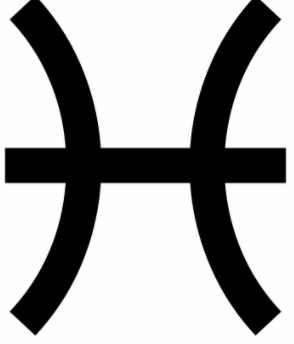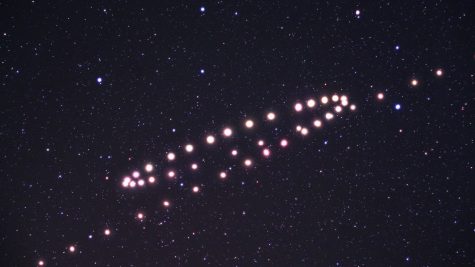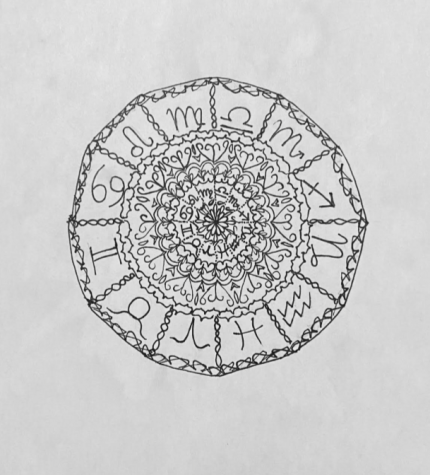Get To Know Your Clouds
Do you ever look up to the sky and admire the seemingly weightless balls, blankets, or smears of fluff in the atmosphere that we call clouds? Have you ever wished you could know more about them and their mysterious magnificence? The diversity of clouds can leave one standing in awe, for they come in all different shapes, sizes, and can bring a wide array of climate or sudden weather changes with them.
Clouds form when evaporation from a water source warms and rises, and then cools and condenses on microscopically small nuclei—specks of dust, dirt, or salt in the atmosphere. When enough of these condensation nuclei have water on them, a cloud can become visible. Now that we know how clouds form, let’s dig into the most common cloud types, categorized by the altitude at which they appear.
Starting off with the clouds closest to us, low-level cloud types usually consist of liquid or supercooled water droplets and appear between zero and 5,000 feet. The lowest of this kind are stratus, occurring from zero to 1,500 feet. Precipitation rarely comes from stratus clouds, if there is any, it comes very lightly. Stratus clouds can be identified as a murky, dull, congested fog, either very close to the ground, or at heights that just nip the tops of buildings. “Strato-” means “layer,” corresponding to how stratus clouds develop, which is horizontally.
The next highest cloud type is stratocumulus, being seen between 1,000 and 4,500 feet. Stratocumulus are “hybrid clouds,” between puffy cumulus and layered stratus. It is possible for some light precipitation to fall from stratocumulus, although they are more likely nimbostratus if heavy precipitation occurs. One can recognize stratocumulus by their clumpy bases of rather fluffy cloud cells, with occasional gaps in the sky, and with different tones of white and gray.
The last of the low-level clouds are cumulus, with their bases starting between 1,000 and 5,000 feet. “Cumulo-” means “heap,” and perfectly describes the appearance of most of these clouds. Precipitation nearly never forms from cumulus. There are a few different types of cumulus clouds, including cumulus humilis, cumulus congestus, and the largest, cumulonimbus.
Cumulus humilis, sometimes referred to as “fair weather” cumulus, are what one would see on a bright sunny day, where they present no ominous or menacing forthcoming weather. They appear as scattered clumps of fluff, with very little vertical growth.
Cumulus congestus, or towering cumulus, are taller, but do not produce large storms. To identify and sort of cumulus clouds, look for a cauliflower top and a flat base.
Cumulonimbus clouds are enormously tall, commonly reach 42,000 feet. “Cumulo-”, meaning “heap,” and “nimbus,” meaning “rain,” are storm clouds. When updrafts combine with atmospheric instability and enough moisture in the air, cumulus congestus can mature into cumulonimbus. To recognize one, just look for puffy tops and flat bottoms on very tall clouds. Cumulonimbi are the only clouds that can produce lightning or thunder. This happens when charged water droplets, graupel (ice and water mixture), and ice crystals collide repeatedly, resulting in what can be heard as thunder or seen as lightning.
Nimbostratus clouds are the other type of cloud that can mature to be very tall. With stratus, light rain may come, but not for too long; however, nimbostratus bring steady precipitation. They are between zero and 10,000 feet, and can be spotted as a thick, dark, and featureless overcast.
The next couple of clouds are regular mid-level clouds that do not spread out as much as cumulonimbi or nimbostratus do. “Alto-” means middle, so altostratus and altocumulus are next in the continuum. Altostratus are between the altitudes of 6,500 and 16,500 feet, and are sometimes followed by light and steady precipitation. They look similar to nimbostratus, but not as dark or thick. One can still see the sun through them, although it may be blurry.
The last of the mid-level clouds are altocumulus, forming between 6,500 and 20,000 feet, and also with little precipitation, if any. Altocumulus are small singular cells of cumulus patterned together to form a layer of cumulus. Different from stratocumlus, altocumulus creates a “knitted blanket” appearance, and can align in neat rows of sheets from the small cumulus cells.
The highest clouds include the prefix “cirro-”, which means “curl (of hair) or high.” Cirrostratus, at altitudes ranging from 16,500 to 30,000 feet, don’t produce precipitation, and they can sometimes be hard to see. They often look like a sheer veil that covers large sections of the sky, with splashes of more white than in other places, where it seems almost invisible.
Next are cirrocumulus, which are so high, at 25,000 to 35,000 feet, that if they produce precipitation, it doesn’t reach the ground. Small cumuliform rows, sometimes called “streets,” may form from these thin “knitted blankets,” where some patches are denser with more miniature cumulus cells, where other patches may be thinner and less crowded.
The last, and highest of the clouds are cirrus, which range from 20,000 to 40,000 feet—so high that they are comprised mainly of ice crystals. These can be clearly picked out as feathery wisps with a cotton-candy-like appearance.
Ingrid joined the Forum in sophomore year, and is now a senior.









